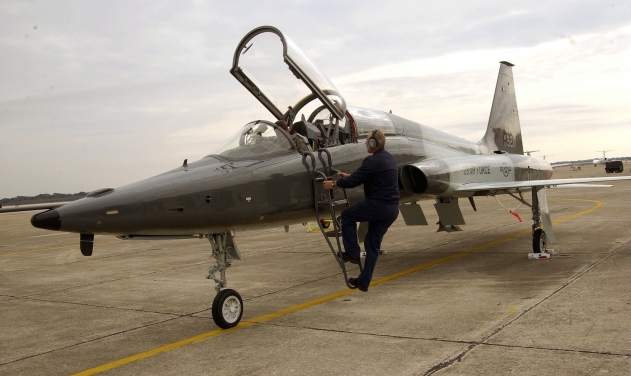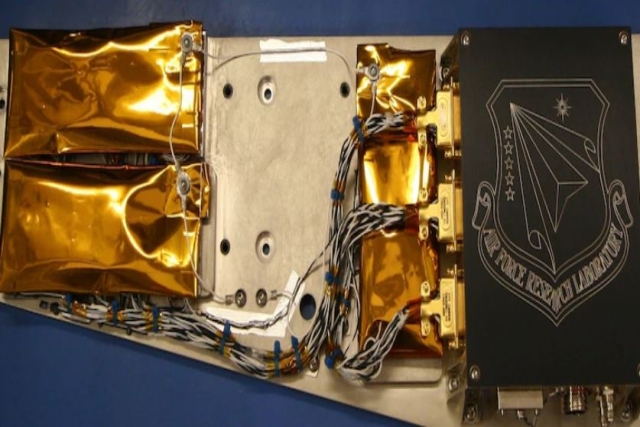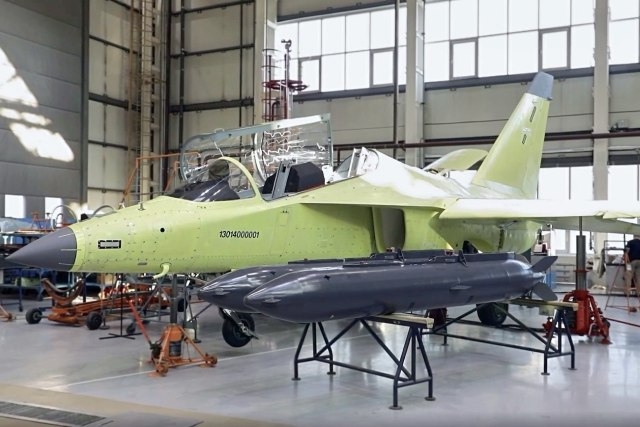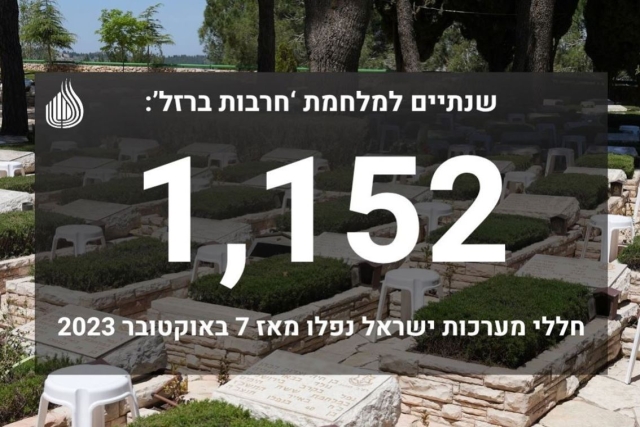AFRL, Northrop Grumman Demo Solar to Radio Frequency Conversion
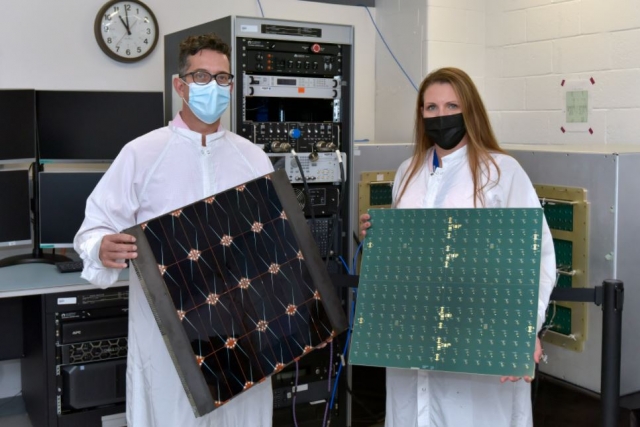
The U.S. Air Force Research Laboratory’s and Northrop Grumman’s Space Solar Power Incremental Demonstrations and Research (SSPIDR) Project have successfully conducted the first end-to-end demonstration of key hardware for the Arachne flight experiment.
The SSPIDR project aims to develop technologies for a prototype space-based solar power transmission system capable of powering a Forward Operating Base.
A ground demonstration of novel components for the “sandwich tile” were used to successfully convert solar energy to radio frequency (RF) - a fundamental step required to pave the way for a large-scale solar power collection system in space.
In 2018, AFRL awarded Northrop Grumman a contract worth over $100 million for the development of a payload to demonstrate the key components of a prototype space solar power system. The sandwich tile is currently under development as an essential payload component for Arachne, and as a building block for a large-scale operational system.
The sandwich tile consists of two layers. The first layer is a panel of highly efficient photovoltaic (PV) cells which collect solar energy and provide power to the second layer. The second layer is populated with components that enable solar to RF conversion and beamforming.
“The successful conversion of sunlight into RF energy in a lightweight and scalable architecture is a significant step forward in delivering the technology building blocks to achieve the Arachne mission,” said Jay Patel, vice president, remote sensing programs business unit, Northrop Grumman.
Stakeholders arrived at Northrop Grumman facilities to witness the highly anticipated program milestone in-person while others participated virtually.
The ground demonstration used a solar simulator to illuminate the PV side of the tile and begin the Solar-to-RF conversion process. Because the solar simulator was so intense, attendees viewed real-time RF output data on monitors from behind an industrial grade flexible plastic barrier, and cheered when an RF energy peak appeared indicating successful power conversion and RF radiated power.
Successful testing of the individual tile for the Arachne payload provides a building block for a square meter panel of tiles – a threshold that has not yet been met by any other solar-to-RF experiments. Arachne is anticipated to launch in 2025.
